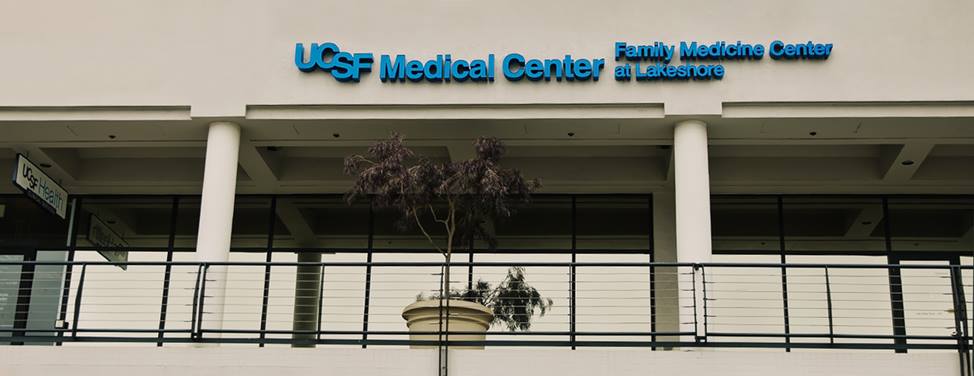
Lactose Intolerance
Lactose, a milk sugar, is found primarily in dairy products. It also may be added to foods during manufacturing. Intolerance to lactose is caused by a lack of lactase, an enzyme that breaks down lactose for digestion.
Some people produce low amounts of lactase under normal conditions. In general, African-American, Asian and Native American adults may produce only a small amount of lactase. Elderly people of any race often experience gas or diarrhea with milk intake. Any treatment of illness that causes diarrhea may result in inadequate production of this enzyme.
Tolerance to different food sources of lactose varies. Therefore, tolerance should be tested by introducing only a small quantity of a lactose-containing food into the diet at a time.
Foods High in Lactose
- Milk
- Cream
- Ice cream
- Cheeses aged less than 90 days – for example, American, mozzarella, cheddar, Swiss and brie
Foods Lower in Lactose
- Cream cheese
- Butter
- Frankfurters
- Creamy salad dressings
- Powdered coffee
- Instant mixes for potatoes, stuffing, noodles and rice
Note: It is important to check food labels to note if a product contains lactose, milk products, dry milk solids or whey.
Products for Lactose Intolerance
The enzyme lactase is available commercially under the brand name Lactaid, which is sold in pharmacies without a prescription. It can be added to milk to break down lactose and to make milk more digestible for those with an intolerance.
Lactaid milk (pretreated with Lactaid) is also available. It is sold in grocery stores and has 70 percent of the lactose reduced to a more digested form. This milk would require further modification with the Lactaid enzyme for those with an extreme lactase deficiency.
UCSF Health medical specialists have reviewed this information. It is for educational purposes only and is not intended to replace the advice of your doctor or other health care provider. We encourage you to discuss any questions or concerns you may have with your provider.










